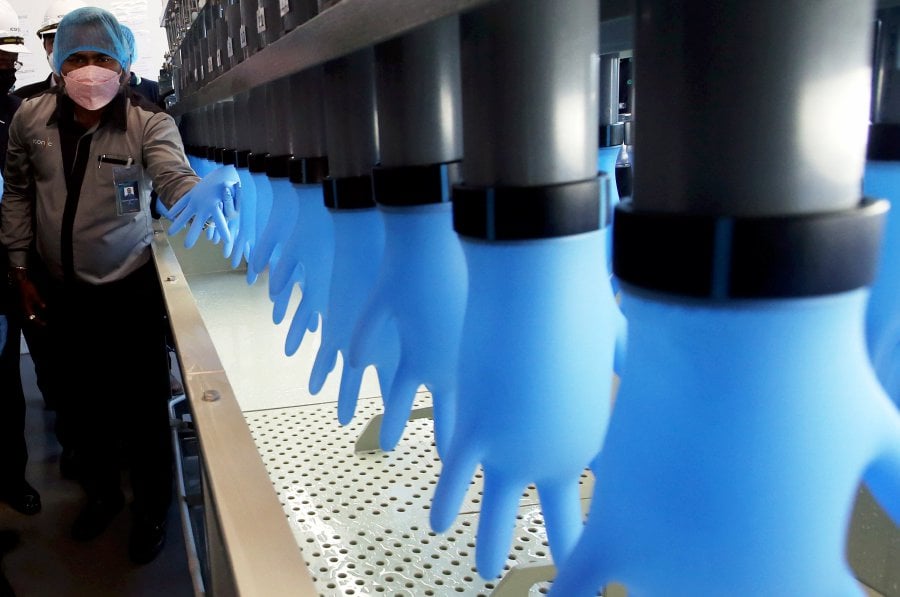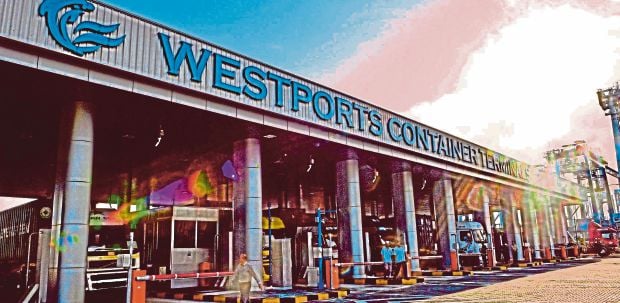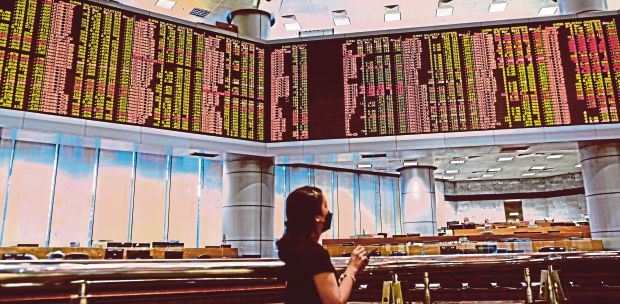KUALA LUMPUR: The recovery trend remains to be seen for the glove makers following July's weaker export numbers, and this could potentially mean demand is still failing to catch up with industry expectations, as inventory is supposed to normalise to prepandemic levels.
In a note, RHB Research said that the gradual market dynamic improvements should offer respite for the local glove manufacturers.
The bank-backed research firm noted that the industry-blended average selling prices (ASPs) stabilised at US$20-21 per 1,000 pieces, largely unchanged from the first quarter (Q1) of 2023's numbers.
Attempts to raise prices were hamstrung with obstacles, given the easing of raw material prices.
According to RHB Research's channel checks, Chinese glove makers' ASPs were unchanged from Q1 of 2023 levels at US$15-17 per 1,000 pieces.
"Nevertheless, we think the stabilised ASP trend should bode well for glove makers in the near term, as an aggressive price hike could compromise volumes sold, given that customers remain price sensitive," it said.
Touching on demand, RHB Research noted that Malaysia's glove export volume contracted 1 per cent month-on-month (MoM) in July, following a 7 per cent MoM decline in June.
This is 2023's first two consecutive months of declines in glove exports.
During the second quarter (Q2) of 2023, glove exports tumbled 17 per cent quarter-on-quarter (QoQ) vis-à-vis Q1 of 2023's 0.3 per cent QoQ growth.
China's glove exports lowered by 1 per cent MoM in July versus June's 11 per cent growth, with Q2 of 2023 export growth at 2 per cent.
"As demand continues to be choppy in the near term, we expect meaningful recovery to only happen by the second half (2H) of 2024, as the inventory destocking pace comes in slower than expected.
"We now trim our 2023 global glove demand assumption to -7 per cent from -5 per cent year-on-year (YoY) with a demand target of 371 billion. In our view, this should be followed by 4 per cent growth in 2024," RHB Research noted.
Further, RHB Research expects 2023 industry supply to contract by 50.7 billion YoY, given cuts of 40 billion, 13 billion, 3 billion, and 5 billion from Top Glove Corporation Bhd (TOPG), Hartalega Holdings Bhd, Kossan Rubber Industries Bhd (KRI), and Supermax Corporation Bhd (SUCB).
This will be offset by 3 billion in newly added capacity from Chinese glove makers like Intco Medical Technology and 7.3 billion in planned capacity expansions from Thailand.
"Our 2023 industry annual supply assumption is now 372 billion. Given domestic plants' low utilisation rate of 30-40 per cent, we expect the capacity rationing exercises could lead to better operating efficiencies, given that the obsolete local plants are less energy and manpower efficient," RHB Research noted.
The research firm's sector weighting of Neutral is justified based on the expectation of a normalised cost outlook by 2H23 due to lower gas tariffs and better operating efficiencies post-capacity rationing exercises.
"However, we remain conservative, as we have yet to see demand clarity in 2023.
"Moving forward, we expect the improvements in demand visibility,
coupled with a favourable cost outlook in 2024 to offer headroom for margin improvement.
"We expect glove inventory rationalisation to materialise by 2H24, resulting in a better margins outlook. We think the consistency of order replenishments and gradual improvements in industry utilisation rates will be key re-rating catalysts in the near term," RHB Research said.





